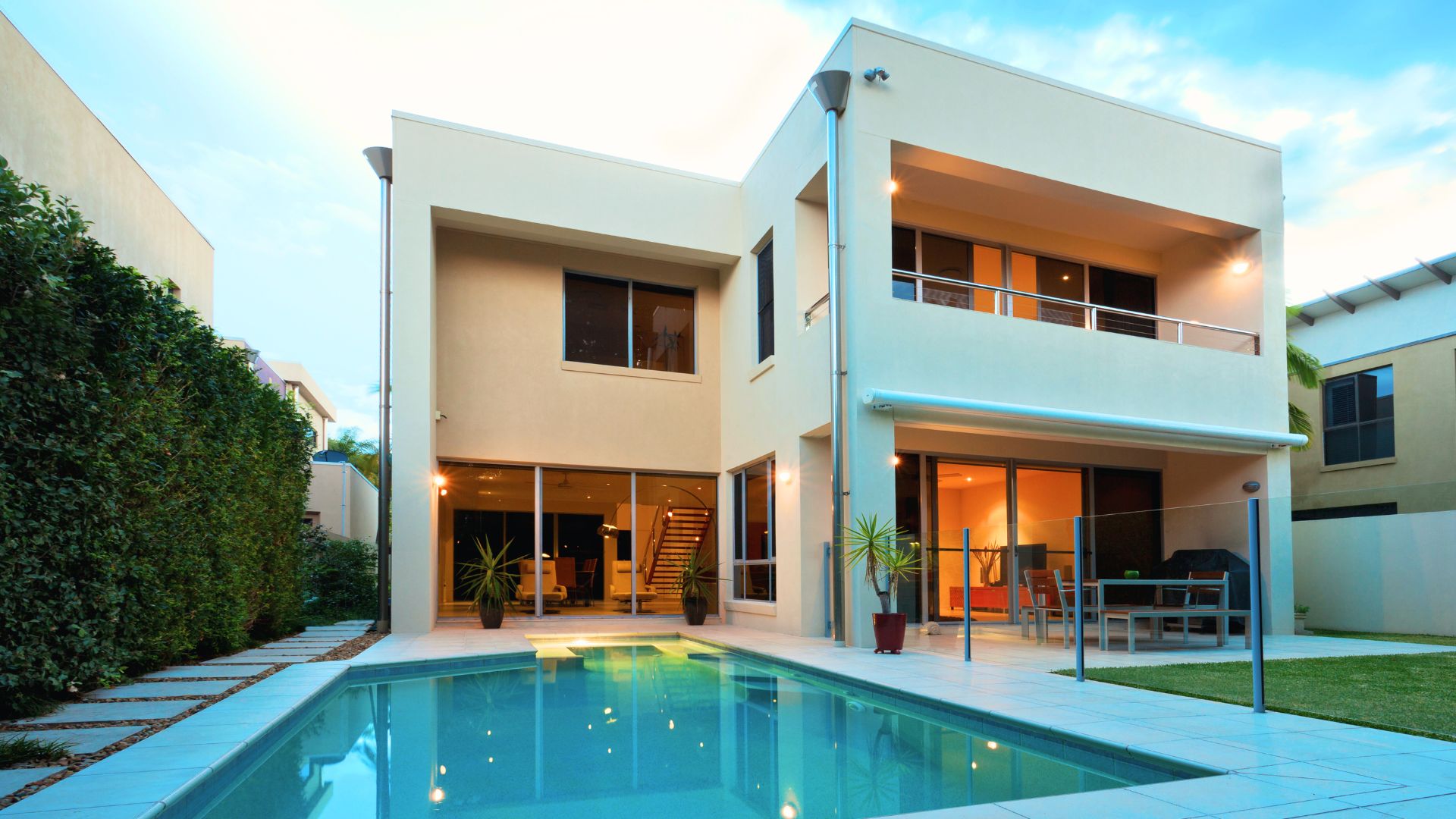With rising energy costs and environmental concerns, more homeowners are looking for ways to make their homes sustainable without sacrificing comfort. Whether you’re dealing with droughts in California or brutal winters in the Midwest, environmentally friendly home renovations can help you cut down on waste, lower your bills, and reduce your carbon footprint. Going green at home doesn’t mean you have to make huge, expensive changes all at once. Even switching to smart tech or replacing old appliances can lead to big savings over time. Here are a few home renovations to consider.
Go Hybrid with Your Solar Energy System
Solar panels are a smart investment for homeowners looking to cut electricity costs and reduce their reliance on fossil fuels. However, many people don’t realize that traditional grid-tied solar systems shut down when there’s a power outage to prevent backfeeding electricity into damaged lines. This means that even if your roof is covered in panels, you could still be left in the dark during blackouts. On the other hand, off-grid systems keep the power running independently but require expensive batteries and regular maintenance—a setup that’s not practical for most homeowners.
A hybrid solar system offers the best of both worlds. It stores excess energy in a battery for backup use while keeping you connected to the grid for times when solar production is low. This is especially useful in states like Texas and California, where blackouts have become more frequent due to extreme weather. In some places, homeowners can even sell excess energy back to the utility company through net metering, which helps offset installation costs over time. If you’re considering solar, look for incentives and tax credits that can help make the initial investment more affordable. Investing in an environmentally friendly home with a hybrid solar system ensures long-term sustainability and energy efficiency.
Add Greenery and Block Heat to Cool Your Home
If your home heats up too much in the afternoon, adding a few smart upgrades can lower indoor temperatures, reduce energy bills, and make your space more comfortable. One of the best ways to block excess heat is by installing UV-blocking window films or heat-reflective coatings, which help keep rooms cooler without making your air conditioner work harder. Exterior awnings or solar shades are also great for blocking direct sunlight, especially on west-facing windows. If you want something more permanent, cool roof coatings and radiant barriers in the attic can help reflect heat away from your home, keeping it naturally cooler throughout the day.
Adding greenery is another way to cool your home while improving air quality. If you have a balcony, patio, or rooftop space, setting up container gardens with drought-resistant plants or climbing vines can help absorb heat and reduce glare. For flat or gently sloped roofs, modular green roof trays offer insulation and cooling benefits without major renovations. Even small touches like installing vertical gardens or adding greenery near windows can create shade and soften the impact of harsh sunlight. These small but effective changes contribute to a more environmentally friendly home by improving indoor comfort and reducing energy consumption.
Reduce Water Waste with Smart Fixtures
In drought-prone states like California, Arizona, and Nevada, water conservation isn’t just a good idea—it’s a necessity. One of the simplest ways to cut down on water waste is by switching to low-flow faucets, toilets, and showerheads. Many of these products carry the WaterSense label, meaning they meet EPA efficiency standards without sacrificing water pressure. In fact, upgrading to a low-flow showerhead can save thousands of gallons of water a year while still providing the same refreshing experience.
For outdoor spaces, replace a traditional grass lawn with xeriscaping. Instead of using water-intensive grass that needs frequent watering, xeriscaping incorporates drought-resistant plants, gravel, decorative rocks, and native shrubs that require little to no irrigation. This not only reduces your water bill but also eliminates the need for chemical fertilizers and pesticides, which can harm local ecosystems. Water-efficient landscaping is a key component of environmentally friendly home renovations, helping homeowners make sustainable choices that benefit both their wallets and the environment.
Boost Your Insulation
Upgrading your insulation in walls, attics, and basements can significantly reduce energy loss. Materials like spray foam, cellulose, or aerogel insulation provide much better thermal protection than traditional fiberglass insulation. Small improvements like adding weather stripping around doors and windows, sealing cracks, and installing insulated curtains or blinds can help keep your home comfortable while lowering your energy bills. Investing in an environmentally friendly home means optimizing energy efficiency, and improving insulation is one of the most effective ways to achieve that goal.
Switch to Smart Home Tech and Energy-Efficient Appliances
Installing a smart thermostat like Google Nest allows your heating and cooling system to automatically adjust based on your schedule. This is especially useful in extreme climates, where small temperature adjustments can significantly lower energy costs. Many smart thermostats even provide monthly energy reports, helping you track and optimize your usage. Other smart home upgrades include motion-activated lights, smart plugs, and automated power strips, which prevent appliances from drawing energy when they’re not in use. Smart lighting systems turn off automatically when no one’s in the room, and smart plugs let you control appliances remotely—perfect for those who forget to turn things off when leaving the house.
Upgrading to Energy Star-rated appliances is another great way to cut down on electricity and water use. Modern refrigerators, washing machines, and dishwashers use far less energy than older models while maintaining top performance. If you’re looking for an easy win, switching to a tankless water heater is a great option. Rather than keeping a full tank hot at all times, it lowers energy costs while ensuring you never run out of hot water. These upgrades not only enhance your home’s efficiency but also align with the principles of environmentally friendly home renovations, making your space more sustainable and cost-effective.
Looking for a home that’s comfortable, energy-efficient, and built for your needs? REMAX makes it easy to find a home that fits your lifestyle, whether you’re looking for smart upgrades, sustainable options, or the perfect space to make your own. Start your search for an environmentally friendly home with REMAX today!






